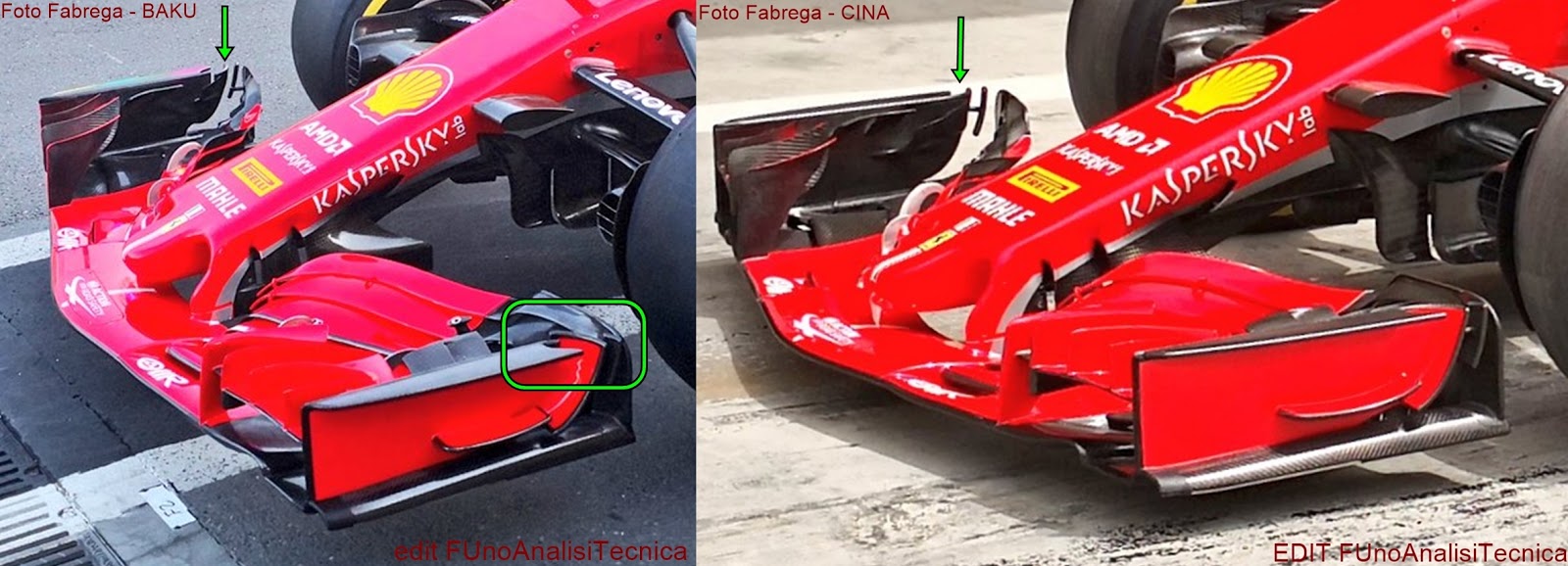No nothing new, just posting it here for comparisons in the future.
- Login or Register
No account yet? Sign up
Cylinder deactivation is very legalian_s wrote: ↑26 Apr 2018, 13:20not legal.

the name variable displacement is there for marketing reason the displacement is given by the pistons diameter and how far they travel and it is not varied by any of the operations actually needed to obtain what is called "variable displacement". So I don't see why it wouldn't be legal

the name variable displacement is there for marketing reason the displacement is given by the pistons diameter and how far they travel and it is not varied by any of the operations actually needed to obtain what is called "variable displacement". So I don't see why it wouldn't be legal




It's not there for marketing reasons, some road cars do actually shut the valves on the disabled cylinders to reduce pumping losses.motobaleno wrote: ↑27 Apr 2018, 00:43
the name variable displacement is there for marketing reason the displacement is given by the pistons diameter and how far they travel and it is not varied by any of the operations actually needed to obtain what is called "variable displacement". So I don't see why it wouldn't be legal
the method quoted above is "achieved by keeping the intake and exhaust valves closed for a particular cylinder", which is not allowed. that's variable valve timing.
Would not closing the valves increase the pumping losses as the compression work still has to be done (plus what ever suction effect on downstroke)?PhillipM wrote: ↑27 Apr 2018, 02:53It's not there for marketing reasons, some road cars do actually shut the valves on the disabled cylinders to reduce pumping losses.motobaleno wrote: ↑27 Apr 2018, 00:43
the name variable displacement is there for marketing reason the displacement is given by the pistons diameter and how far they travel and it is not varied by any of the operations actually needed to obtain what is called "variable displacement". So I don't see why it wouldn't be legal


deactivating the valves means that whatever is inside the cylinder gets compressed, and then expands again pushing the piston down, so there is little if no pumping losses. Keeping the throttle plates open further while a cylinder is deactivated makes the other cylinders breathe easier and combust more efficiently, which overall means the gains outweigh the losses.Big Tea wrote: ↑27 Apr 2018, 10:10Would not closing the valves increase the pumping losses as the compression work still has to be done (plus what ever suction effect on downstroke)?
Having both valves opening would give a through flow to the exhaust to be used for whatever (providing there is clearance of course)
Thanks.ian_s wrote: ↑27 Apr 2018, 10:23deactivating the valves means that whatever is inside the cylinder gets compressed, and then expands again pushing the piston down, so there is little if no pumping losses. Keeping the throttle plates open further while a cylinder is deactivated makes the other cylinders breathe easier and combust more efficiently, which overall means the gains outweigh the losses.Big Tea wrote: ↑27 Apr 2018, 10:10Would not closing the valves increase the pumping losses as the compression work still has to be done (plus what ever suction effect on downstroke)?
Having both valves opening would give a through flow to the exhaust to be used for whatever (providing there is clearance of course)
anyways, this is getting off topic as F1 engines can't do this.
The wing changes are for high speed tracks since that gap between plates is meant to flex at high speeds.ripper wrote: ↑27 Apr 2018, 10:13Front wing changes
https://2.bp.blogspot.com/-fnxKX5LilfM/ ... 2-horz.jpg